Top 4 Things to Know Before Buying Indoor Plants Near Me
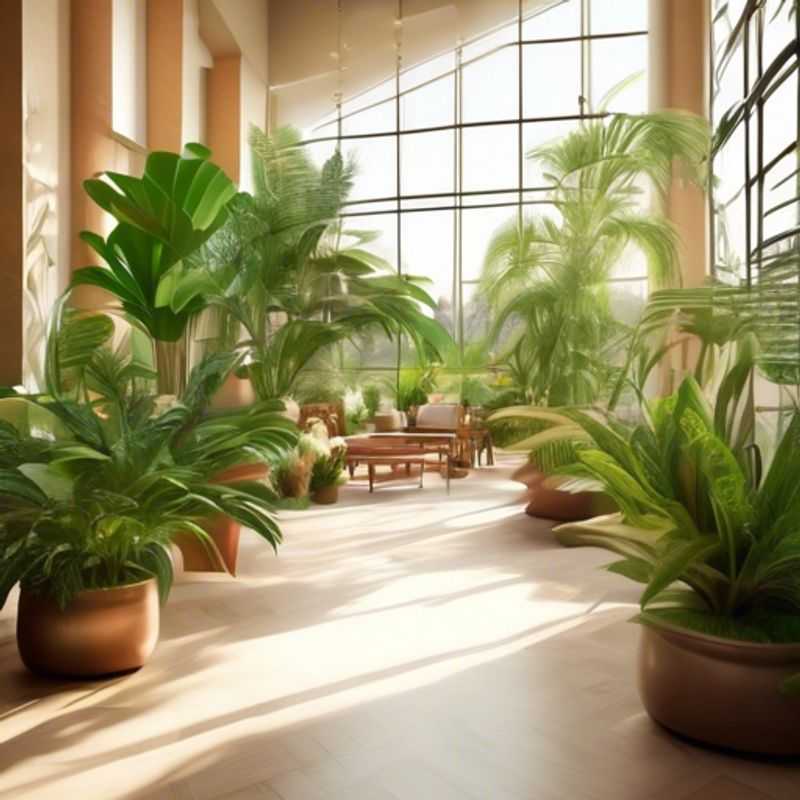
Research the Specific Plant's Care Requirements
Consider the Amount of Light, Humidity, and Space Available
Check the Plant's Size and Growth Habits
Purchase Plants from Reputable Local Nurseries or Online Retailers
Bringing the outdoors in with indoor plants is a fantastic way to enhance your home's atmosphere and well-being. But before you head to the local nursery, there are a few key things to consider. It's like any engineering project—you need to plan, understand the environment, and choose the right tools for the job.
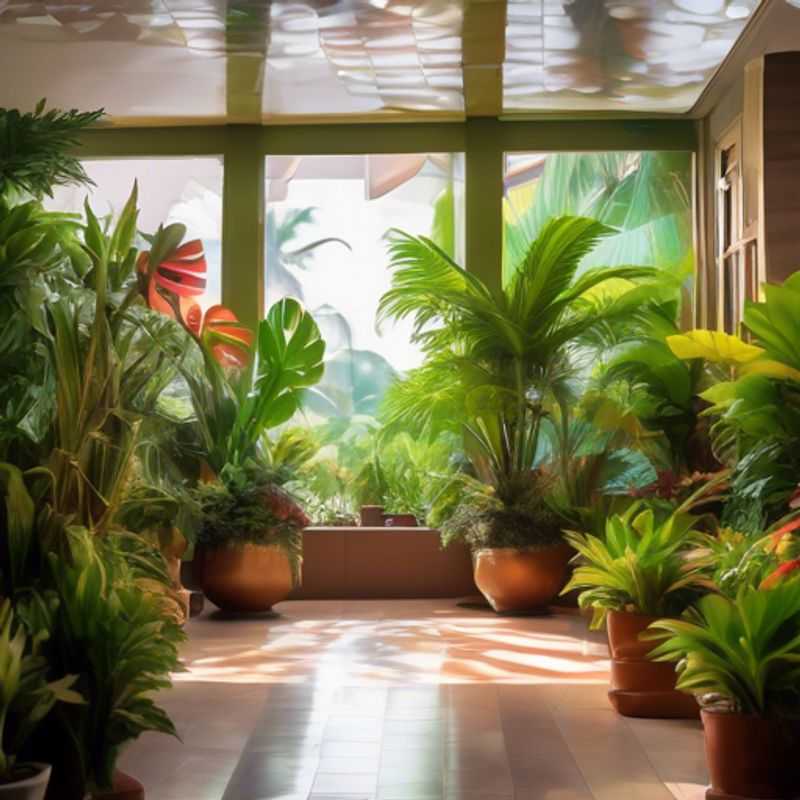
Don't Bring Home a Plant You Can't Care For: Research First!
Bringing a new plant home is exciting, but before you fall in love, research its care requirements. Knowing what your plant needs will ensure its happiness and longevity. It's like understanding the needs of a new pet – you want to provide the right environment for it to thrive.
Light is key. Does your plant prefer bright, indirect light or shade? Will it need specific hours of sunlight? Understanding its light needs will determine where it lives in your home.
Watering is another crucial factor. Some plants prefer moist soil, while others need drier conditions. Overwatering can be fatal, so understanding its needs prevents this. You can even get a moisture meter to help gauge the moisture level.
Soil plays a significant role in plant health. Some plants require specific soil types, while others are more adaptable. Researching this upfront will set your plant up for success.
Temperature and humidity are often overlooked but important. Some plants thrive in warmer temperatures, while others prefer cooler environments. Likewise, some plants are sensitive to humidity, while others need a dry environment.
Taking the time to research your plant's care needs will give you a clear picture of its requirements. This will not only help your plant thrive but also give you a sense of confidence and knowledge as you care for it. It's a beautiful symbiosis between human and nature.
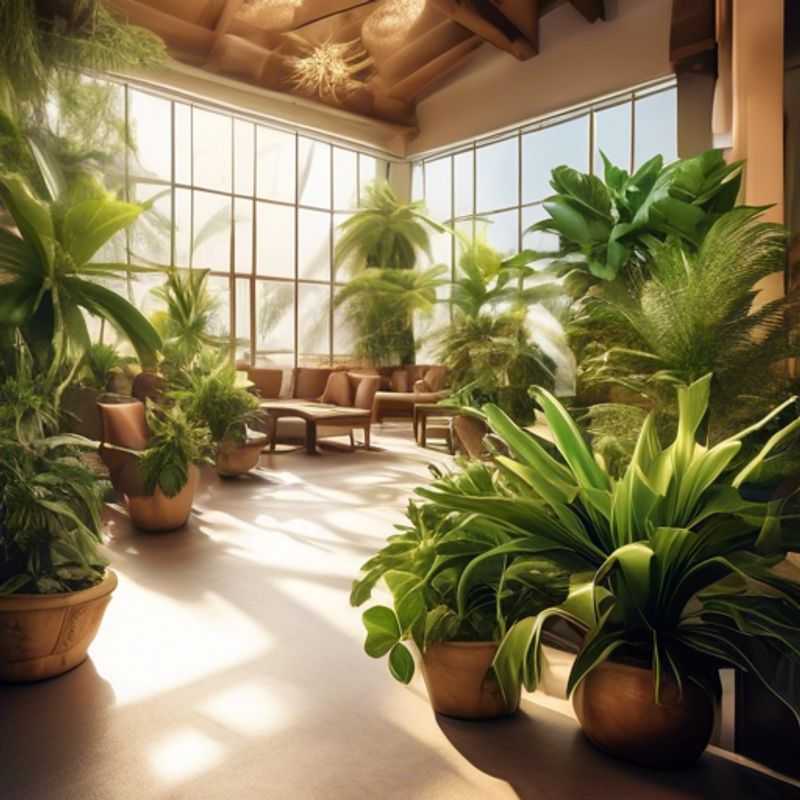
Light, Humidity, and Space: Factors to Consider When Choosing Plants for Your Home
Before you start planning any home improvement project, consider the amount of light, humidity, and space available in your home. These factors can have a significant impact on the success of your project and the overall enjoyment of your home.
Light is essential for a comfortable and functional living space. Consider the direction your windows face and the amount of natural light you receive throughout the day. You may need to incorporate artificial lighting to supplement natural light in darker areas.
Humidity can also affect the comfort and health of your home. High humidity can lead to mold and mildew growth, while low humidity can cause dry skin and respiratory problems. Installing a humidifier or dehumidifier can help regulate humidity levels in your home.
Space is another crucial consideration. Ensure you have enough space for your furniture, appliances, and other belongings. If you're planning to add a room or expand your existing space, it's essential to consider the structural integrity of your home and any building codes or regulations that may apply.
By carefully considering these factors, you can create a home that is both comfortable and functional. Remember to consult with professionals for any complex projects or those involving structural changes.
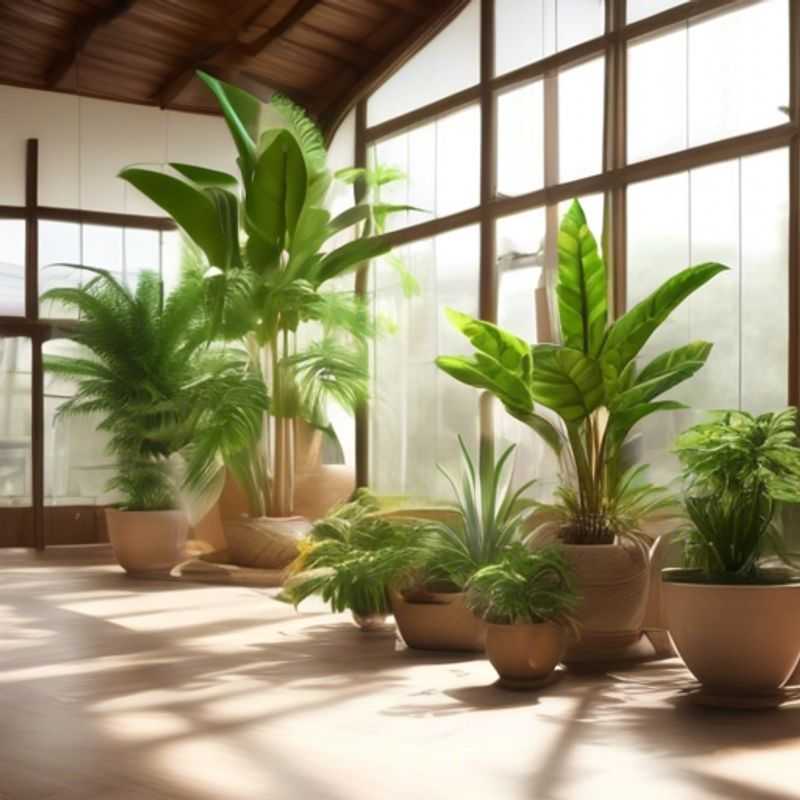
Right Plant, Right Place: Choosing the Perfect Size for Your Garden
When selecting plants, it's crucial to consider their mature size and growth habits. This ensures they fit comfortably in your space without becoming overcrowded or outgrowing their designated area. Understanding these factors helps prevent potential issues like root damage, stunted growth, and an imbalance in your garden's aesthetic. Remember, a happy plant is a thriving plant!
Research is key! Before bringing a new plant home, invest a little time in learning about its growth patterns. This includes its height, spread, and whether it's a vine, bush, or tree. Many online resources and gardening books offer comprehensive information on various plant species. Some websites even offer interactive tools to help you visualize how plants will grow in your space.
Don't forget about the environment! Factors like light, humidity, and temperature all play a role in plant growth. Be sure to choose plants that thrive in your home's conditions. Consulting with a local garden center or nursery can provide personalized guidance based on your specific location and environment.
Embrace the power of containers! Potting plants allows you to control their growth and ensure they remain within your desired dimensions. Select pots that are the appropriate size for the plant and allow for healthy root development. Remember to repot as needed, providing your plants with ample space to flourish.
Lastly, don't be afraid to prune! Regularly trimming your plants can help manage their size and shape. It's a simple but effective technique to maintain your garden's aesthetic and prevent unwanted growth.
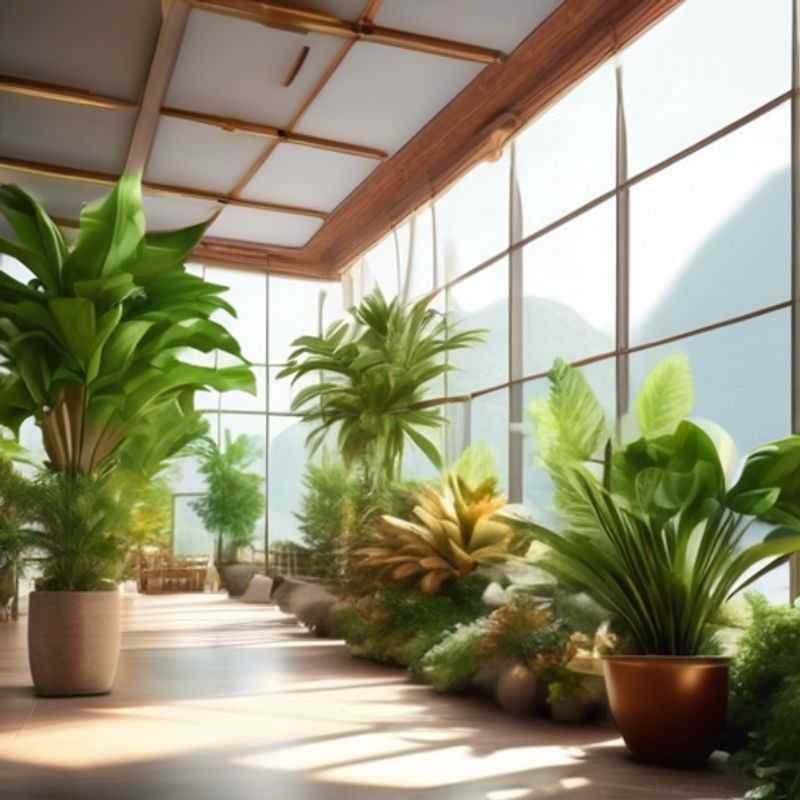
Where to Buy Plants: Choosing Reputable Nurseries and Online Retailers
When purchasing plants, choose reputable local nurseries or online retailers for the best experience. Local nurseries often have knowledgeable staff who can offer personalized advice and ensure healthy plants.
Online retailers provide convenience and a wider selection, but it's crucial to research their reputation and customer reviews. Consider factors like shipping costs, plant health guarantees, and return policies.
For local nurseries, factor in transportation costs and time for a visit. Online retailers usually have shipping costs, which may vary depending on the distance and size of the plants.
Always research the plant's specific needs, including light, water, and soil requirements, before purchasing. This ensures you provide the appropriate environment for your new plant to thrive.
